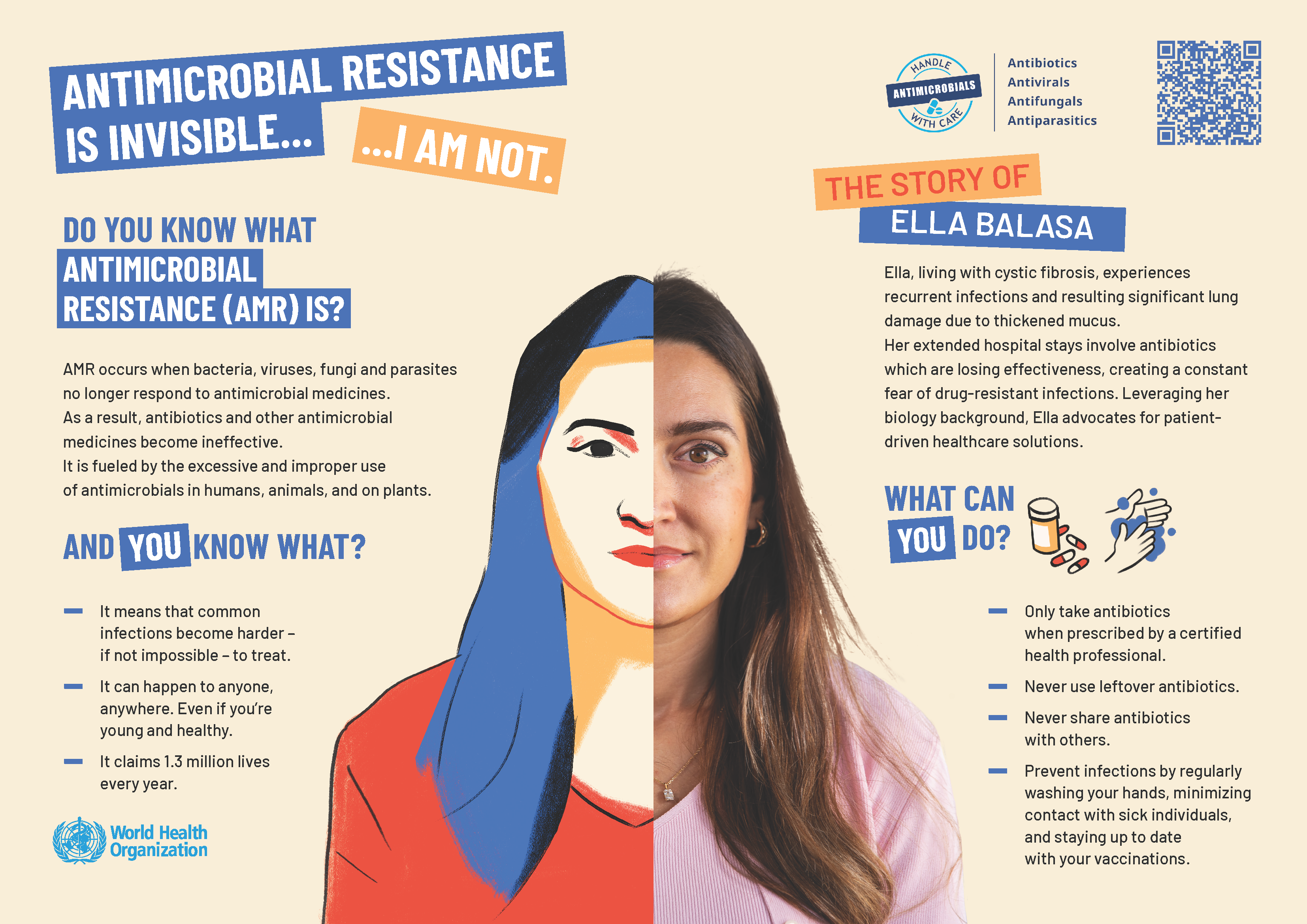

At Chicago Family Health Center (CFHC), we’re committed to helping you stay informed and healthy. One of the growing health concerns today is antimicrobial resistance (AMR)—when germs like bacteria and fungi stop responding to the medications designed to kill them. This can lead to infections that are harder to treat and more dangerous.
Not All Infections Need Antibiotics
Antibiotics are powerful medications that can save lives—but they aren’t always the answer. They only work for certain bacterial infections and do nothing for viruses like the flu, colds, or COVID-19. Even if you’re dealing with a runny nose, sinus pressure, or thick green mucus, antibiotics won’t help unless your provider confirms it’s a bacterial infection.
Taking antibiotics when you don’t need them can actually do more harm than good, causing side effects like nausea, rashes, diarrhea, and even allergic reactions. In fact, 1 in 5 medication-related emergency room visits are due to antibiotics.
What Is Antibiotic Resistance?
Every time you take antibiotics, they kill some bacteria—but the strongest bacteria can survive and adapt. Over time, this leads to antibiotic-resistant bacteria, which don’t respond to standard treatment. That means common infections can become life-threatening.
Each year in the U.S., more than 2.8 million antibiotic-resistant infections occur, and over 35,000 people die as a result. Children are especially at risk—antibiotics are the most common cause of emergency room visits for medication side effects in people under 18.
Superbugs and MDROs: What You Need to Know
Multi-Drug Resistant Organisms (MDROs) are bacteria—and sometimes viruses or fungi—that no longer respond to multiple antibiotics. These “superbugs” include:
-
MRSA (Methicillin-Resistant Staphylococcus aureus)
-
VRE (Vancomycin-Resistant Enterococcus)
-
ESBL (Extended-Spectrum Beta-Lactamase-producing bacteria)
-
CRE (Carbapenem-Resistant Enterobacteriaceae)
These infections often require hospitalization and intravenous medications. If you have high fever, severe diarrhea, abdominal pain, or skin infections, it’s important to seek emergency care immediately.
How You Can Help
The good news is—you can take simple steps to help fight antibiotic resistance:
-
Only take antibiotics when prescribed. Don’t demand them if your provider says they’re not needed.
-
Follow directions exactly. Finish the full course, even if you feel better.
-
Never share antibiotics or use leftovers.
-
Focus on feeling better naturally when antibiotics aren’t needed—rest, fluids, and over-the-counter relief can go a long way.

Real Stories, Real Consequences
Around the world, families have faced the frightening reality of antibiotic-resistant infections. What used to be easily treatable illnesses are now becoming difficult, expensive, and even deadly.
Let’s change that story together—by being smart about antibiotics and spreading awareness.



